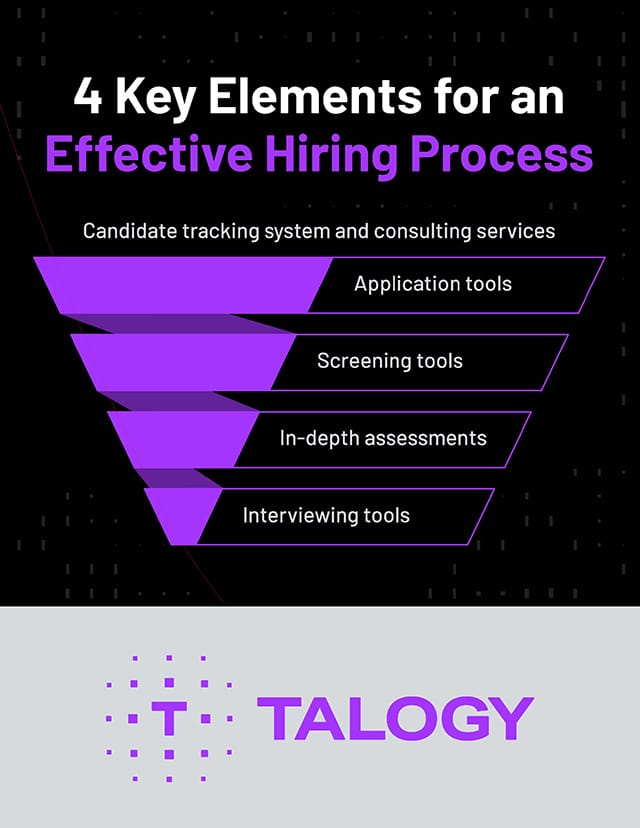Let’s face it — entry-level hiring can be frustrating. On the one hand you don’t have much to screen and, on the other hand, you know that not just anyone will be a good fit. You want to avoid turning your new hire training into a scene from Clerks, but how do you keep the Dantes & Randals out of your candidate pool ? Here are a few tips to help you find candidates in their early careers that won’t make you want to tear your hair out.
1. Screen only on relevant job criteria
It’s easy to fall into the trap of screening candidates on qualifications that are not needed for success, such as asking for qualifications above and beyond what is needed or requiring years of experience when skills can be trained on the job. We do this because we’ve been burned before (e.g., verbal altercations or bad attitudes within the probationary period).
You know that you don’t want to hire just anyone, but the screening that you’ve done before just isn’t working. Before you start tinkering with that job posting, stop and ask yourself what is really important to the position. This is likely going to be things that are hard to measure with a CV review – things like collaboration, work ethic, dependability, work pace, and service orientation. Assessments can measure these job-critical competencies reliably and easily before you even see the application. This leaves you with more time to spend with those candidates who fit your company culture and the target position.
2. Make your selection process efficient
You’ve collected your applications and now you have the hiring manager calling to ask if there are any good candidates. You have the sneaking suspicion that not all of the applicants are even interested in the position. The pressure is on to get the spot filled quickly. You are just too busy being busy to think about redefining the process.
This may be a perfect opportunity to ask for an outsider’s perspective. Often, we can become so accustomed to our process that we miss what’s wrong with the way it’s always been done. It may be helpful to map out your process and redesign certain parts or perhaps your entire approach to hiring. A few questions you should ask yourself are:
- What steps can be automated to minimise the strain on internal resources?
- Are you using the application to really screen (knocking out and withdrawing candidates appropriately)?
- Do you have a way to communicate to large groups of candidates and update their records easily?
3. Take advantage of volume hiring
I want the best candidates for you, I truly do. Unfortunately, not every candidate is going to have exactly what you’re looking for. Many times, when it comes down to deciding who to move forward there may not be enough ‘golden child’ candidates to meet your needs.
Instead of agonizing over a stack of CVs, let your selection process do some of that work for you. Your application and various types of assessments can screen out candidates based on job-relevant information, leaving you with fewer applications to review. Best of all, you have the data to support the selection decision and don’t have to simply gamble on the best CV in the pile.
4. Assess for motivational fit
Many times we’re so busy screening out candidates based on their background that we forget to think about whether or not they would actually like working in the position or for our organisation. Or you may feel like dressing up the position to get higher-quality candidates. Unfortunately, both of these lead to selecting candidates that that may soon become dissatisfied because you are not presenting a realistic depiction of the job.
The solution here is easy: ask the candidates what they prefer, and then compare it to what the job actually offers. You may end up losing a few candidates, but those are likely to be the candidates that would have turned over quickly (but not before wasting valuable selection and training budget).
These solutions give you a reliable, consistent way to assess all candidates – especially those in their early careers who have minimal or no previous work experience. While they may take time to put into practice, after implementing them you’ll find that you have more time to do those things you used to love so much (like eating lunch at a table that doesn’t have a computer on it). So, the next time you’re thinking to yourself “there HAS to be a better way,” just remember — there is!



